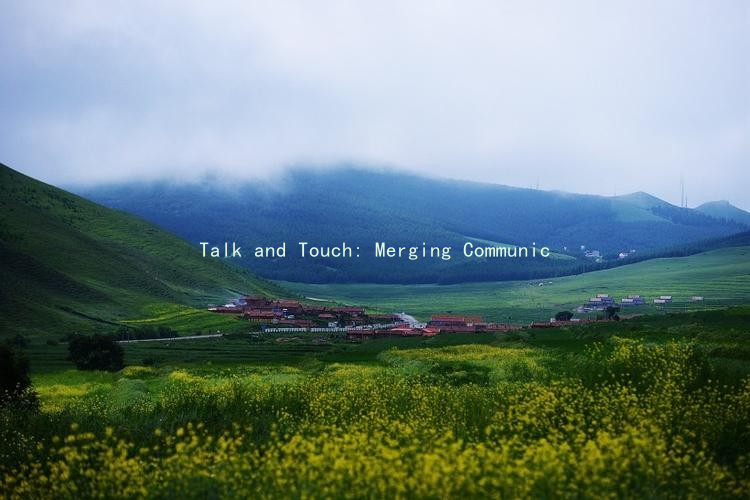Talk and Touch: Merging Communication Skills with Romantic Techniques
Building a thriving romantic relationship often hinges on effective communication and a profound understanding of each others emotional landscapes. In the realm of love, words hold massive power; they can uplift, soothe, and mend. However, it’s not just what you say, but how you say it that counts. Merging communication skills with romantic techniques can create an engaging dialogue that deepens intimacy and connection.
First and foremost, active listening is a fundamental skill in any conversation but becomes even more critical in romantic contexts. When your partner speaks, instead of merely waiting for your turn to respond, focus on truly understanding their perspective. Nodding, maintaining eye contact, and using verbal affirmations such as I see or That makes sense shows them that you value their feelings and thoughts. Reflecting back what you’ve heard can also be transformative. Phrases like, What I gather from this is… or It sounds like you’re feeling… indicate that you are not just hearing them, but comprehending their deeper emotions. This practice nurtures trust and demonstrates care.
In addition to verbal communication, non-verbal cues play a significant role in romantic relationships. Body language can either enhance or undermine the spoken word. Simple gestures such as leaning in while your partner talks or mirroring their body language creates a sense of closeness and connection. Gentle touches at strategic moments can communicate support and affection that words may fail to express. A comforting hand on the arm or a warm hug during a tough conversation can reinforce your emotional bond and signal that you are genuinely invested in their feelings.
Creating a safe space for open dialogue is another essential aspect of integrating communication skills with romantic techniques. Encourage your partner to express their thoughts and feelings without fear of judgment. Approach sensitive topics gently, using I statements rather than you statements to prevent defensiveness. For example, saying, I feel neglected when we don’t spend time together is more likely to elicit a positive response than, You never make time for me. This technique allows for honesty while minimizing conflict.

Furthermore, humor can be a delightful way to bridge gaps in communication and create memorable moments. Light-hearted jokes or playful banter help relieve tension and foster a sense of playfulness within the relationship. When both partners can laugh together, it not only strengthens their bond but also builds resilience in managing life’s challenges.
In romantic conversations, timing is also crucial. Choose moments when both partners are relaxed and open to discussion. Avoid initiating deep conversations during stressful times or when one partner is distracted. Instead, opt for calm, intimate settings where you both feel comfortable—perhaps during a walk in the park or while enjoying a cozy dinner at home.
Lastly, expressing gratitude and appreciation is a powerful tool in fostering mutual affection. Regularly acknowledging your partners efforts—be it in small everyday tasks or grand romantic gestures—creates a positive cycle of love and affection. Simple phrases like “I appreciate all that you do,” or “Thank you for being you,” can create warmth and connection, ensuring that both partners feel valued.
In summary, merging communication skills with romantic techniques is an art that can profoundly enhance the quality of a relationship. Through active listening, non-verbal communication, creating a safe space, using humor, choosing the right moments, and expressing appreciation, couples can cultivate deeper emotional connections. Remember, the goal is not merely to communicate but to genuinely connect, understanding that love thrives in the warmth of heartfelt exchange.





